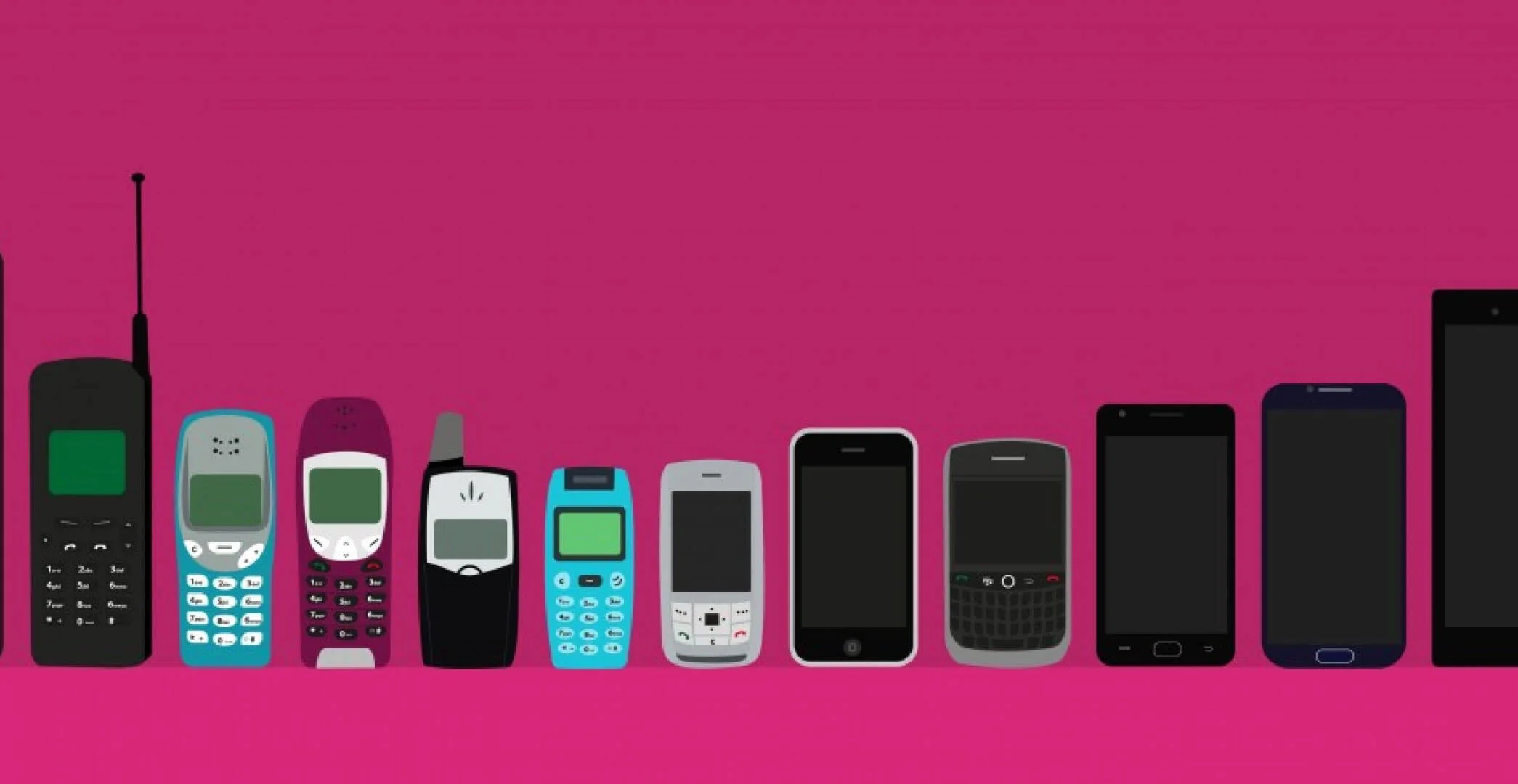Article Published by F-stop Fm.
Say hello to Luca :
What’s your favorite place in the world?
Every place has its ups and downs – I truly believe that the grass isn’t greener on the other side as my father always said. I love each place for different reasons, and I dislike each place for others. London, England has highly sophisticated people and is rich with architectural beauty, in contrast to the beautiful landscapes that come from Thunder Bay, which has the cleanest air to breathe. I leave a piece of me everywhere I go so I can’t play favorites.
What’s on your “bucket list” of ideas to create?
Most of my ideas come based on situations, so I never keep a bucket list to keep my mind thinking outside of the box. My ideas tend to be jumbled in my mind at all times, not knowing a completed concept until I sculpt the final piece. I use the word sculpt because that is my process. I take ideas and mold them into better iterations, whether it be using my camera or a ball of clay. A color concept or clothing piece can change gradually towards the finished product. Ideas are forever changing, but they land in interesting places using both structured art direction mixed with creative intuition.
How do you find your inspiration?
I enjoy working with personalities and outfits that can bring out something unique from that person. I relate to the subject and really get to know them rather than just shoot a professional standing object.
What response do you hope to evoke from viewers of your work?
Professionalism and first class talent branding.
Your artistic talents aren’t limited to photography – tell us about your other mediums of artistic expression.
My other mediums are sculpting and painting – both traditional and digital, music (drumming and percussion), illustration and graphic design, makeup FX and custom prosthetics, and airbrushing. I aim to combine these skills whenever possible.
Tell us about your career. How did you get into it?
I have always been an artist at heart – it just took time and exploration before I decided to continue a cinematographic approach to my business ventures. Studying at VanArts helped me explore other art mediums, but when I was mentored in Calabasas, California, I already felt that I had the skills all along and needed to up my hustle.
What types of photography do you do?
I enjoy fashion photography and working with people because I can actually improve the shots based on my creative direction, whereas you can’t really improve a car shot unless the car is already awesome. Building model portfolios from scratch is ideal for me – finding a unique beauty on the streets and showing them that they have a side they might not have even known about.
What is the strangest situation you’ve ever faced as a photographer?
My camera stopped focusing one day after a while during the shoot. A tiny bug crawled across my lens from the inside – I still to this day have no idea how it would have gotten inside as I keep a close eye on my equipment.
What has been your biggest setback as a photographer?
I expand on this elsewhere, but essentially, the small demand for photo professionals in my hometown made it difficult to choose this as a potential career over the many hobbyists.
Photography is competitive. How do you stand out?
I worry about my own vision and I do not directly copy others. I use a combination of makeup FX and airbrushing to design on people as my canvas. I have a certain intuition and aura that is unique to me and helps my models receive a vibe that most cannot offer.
What is the best thing a model can do to make the most of a photoshoot?
- Be pre, pre, pre, prepared – I say pre so many times to stress how important every inch of your preparation is with the photographer.
- Ensure a variety of unique outfits.
- Be relaxed and vibe well with the photographer.
- Detail yourself including nails, ironed clothing, and a fresh cut.
What’s your philosophy when it comes to being a great photographer?
A photographer is you – the person, personality, the energy. Not the camera.
What’s a deal breaker for you when deciding to do a shoot?
Too much ego that they think they are good enough to shoot with only big-name photographers – worst attitude any model can have.
How do you bring out your model’s personality in a shoot?
I am a natural leader, model coach and people person who is true to myself and true to the people I interact with. I am extremely blunt and honest. Most respect that and what is on my mind. This is how I differ from the fake, drama queen, and wannabe photographers.
What do you think is the biggest thing holding you back in your photography?
How other photographers and businesses try to hold secrets or instead of working together to increase the demand for art-related services. The decline in demand for professional photographers in smaller cities hurts because of the politics surrounding them. Everyone thinks a mobile phone camera is their answer to photo taking, when I believe there is a time and experience received when hiring the right person for the job. The cost factor hurts people as well, but it is based on their psychological perspective. Someone may put the price of a tattoo as priority in their mind over a good photographer who will do much more for them than just take photos.
How do you express yourself through your photography?
Most of my art is an expression of myself, but I find when working with people, it is more about their feelings and expression that I care about and aim at.
What’s the most inspiring photo you’ve ever seen?
The photos taken where a model is on top of a mountain with a long swaying dress, almost like she is about to fall off the mountain, but is managing to hold the perfect pose.
What are 3 tips you have for aspiring models?
- Know your potential. Don’t listen to everyone on this, listen to the right people and be true to yourself.
- Play your strengths, don’t focus on all your weaknesses.
- Choose a commercial or editorial path and know your looks and which area you will succeed in.
What kind of gear do you have?
Gear is irrelevant to the success of your individuality as a photographer.
What’s one lighting tip you’d like to share with other photographers?
Practice everything to know the results.
What’s one post-processing tip you’d like to share with other photographers?
The best digital retouching techniques are not found on Youtube or through tutorials, they are found by working on digital art projects and creatively finding new solutions over many different art projects. So put the time in and you’ll figure out your own secrets. You can always start off with other people’s processes, but I think it’s ideal to have your own.
Do you have any projects you’d like to show off?
The projects I like to show off usually involve my makeup FX since I can really combine my art skills with my photo-taking abilities. It also makes me very unique to the industry.
What is your most life-changing event?
I truly believe there are many life changing events that correspond to big changes – however, I would say choosing to leave my small hometown in Canada and going all into a private art school (Vancouver School of Media Arts) on the other side of the country was the best thing to push my outside-of-the-box thinking as well as my independence from family and friends. It is one of the first times I took a leap of faith, not knowing what a huge sacrifice could bring me if I just followed my heart.
Stephan Pearce was one of the educators at VanArts who got me to be in touch with myself enough to figure out that I was able to define which art medium helped me produce my visions. That was Sculpting or the process of consistent iterations using shape and form.
Many of the people from my hometown are “tradesmen” and would call the artistry field something that would make you broke, which turned out to not be true at all.
What has photography done for you as a person? How has it changed you?
Photography allows me to use both soft skills and interpersonal skills, while also apply my fine-tuned creative and art skills both behind the camera and in post-production on a computer. For me, that is life balance, and being able to maximize your potential happiness and strengths is important.
What’s something no one knows about you that you’d like to share?
I am extremely skilled with competitive video gaming. Every year, I place the top 50 in the world for the Playstation NHL online ranked competition. It is ironic since people of my hometown of Thunder bay are all hockey fanatics and brew some of the top hockey players in the world like Eric Staal, Marc Staal, Taylor Pyatt, Patrick Sharp andMatthew Murray.
What’s one of your biggest fears?
Not living the life I wanted, but living as others wanted for me.












